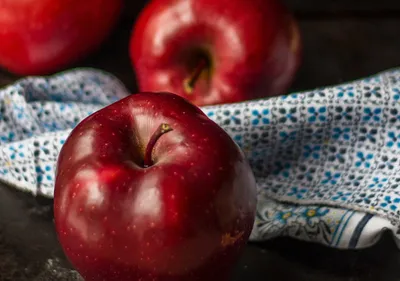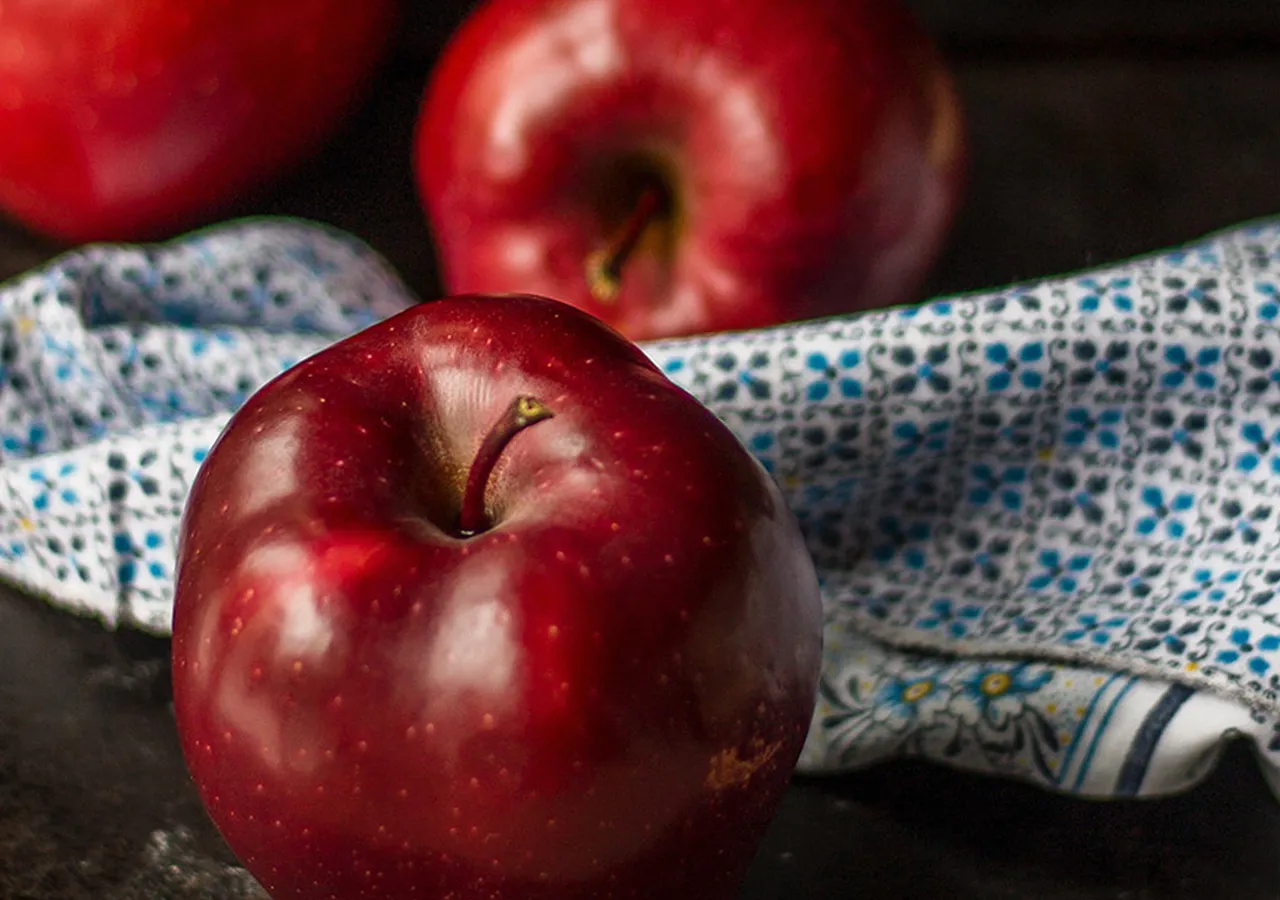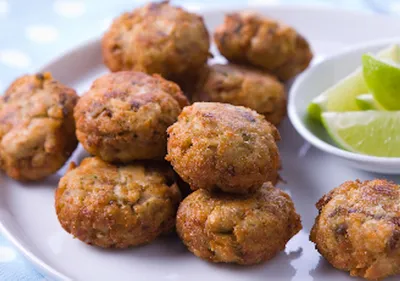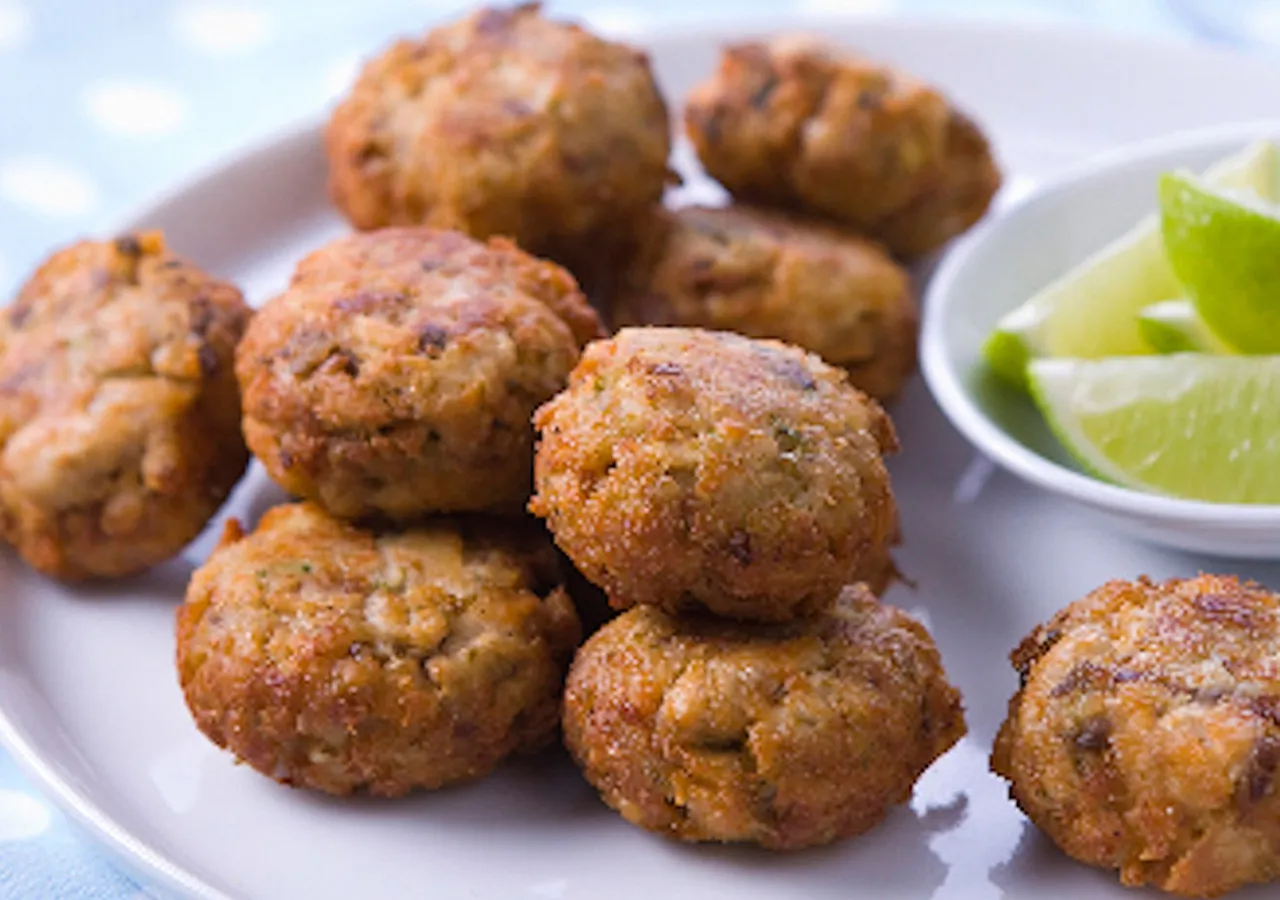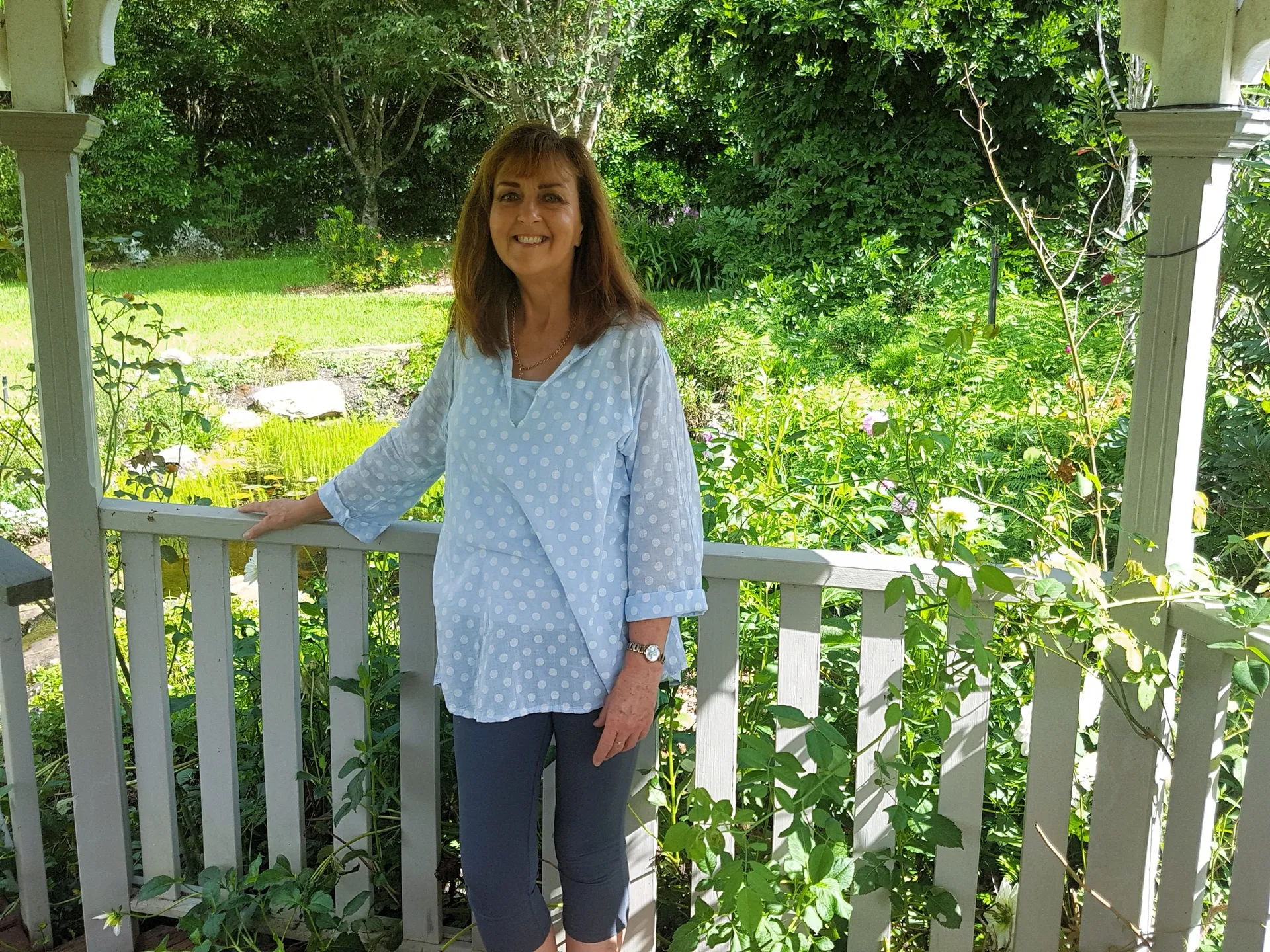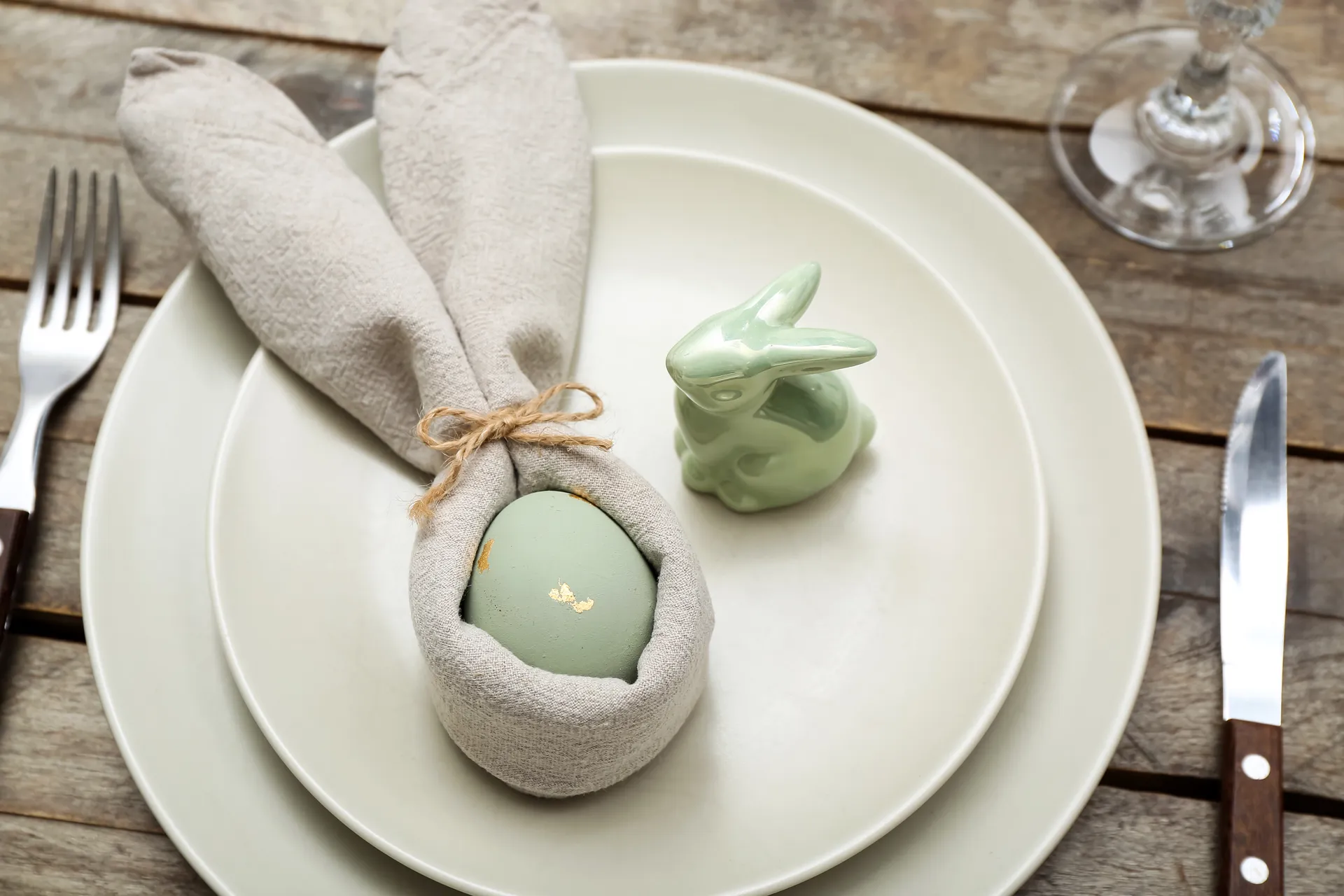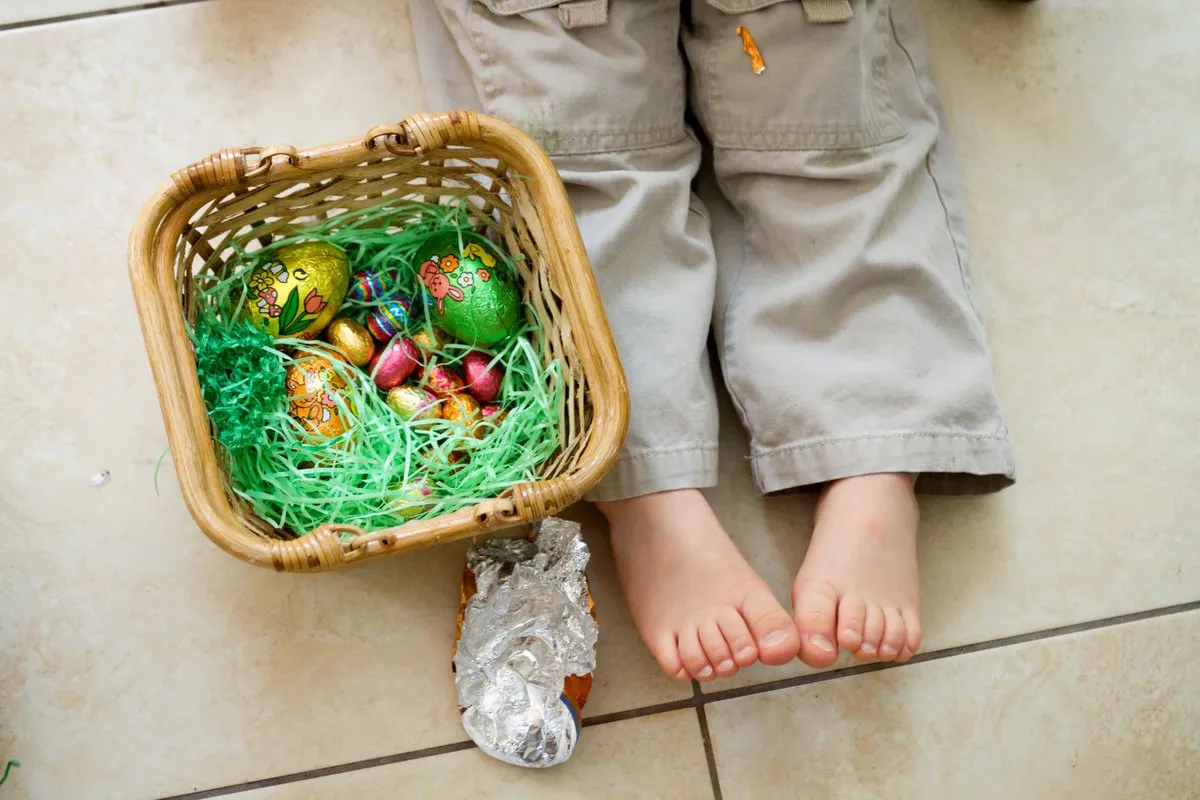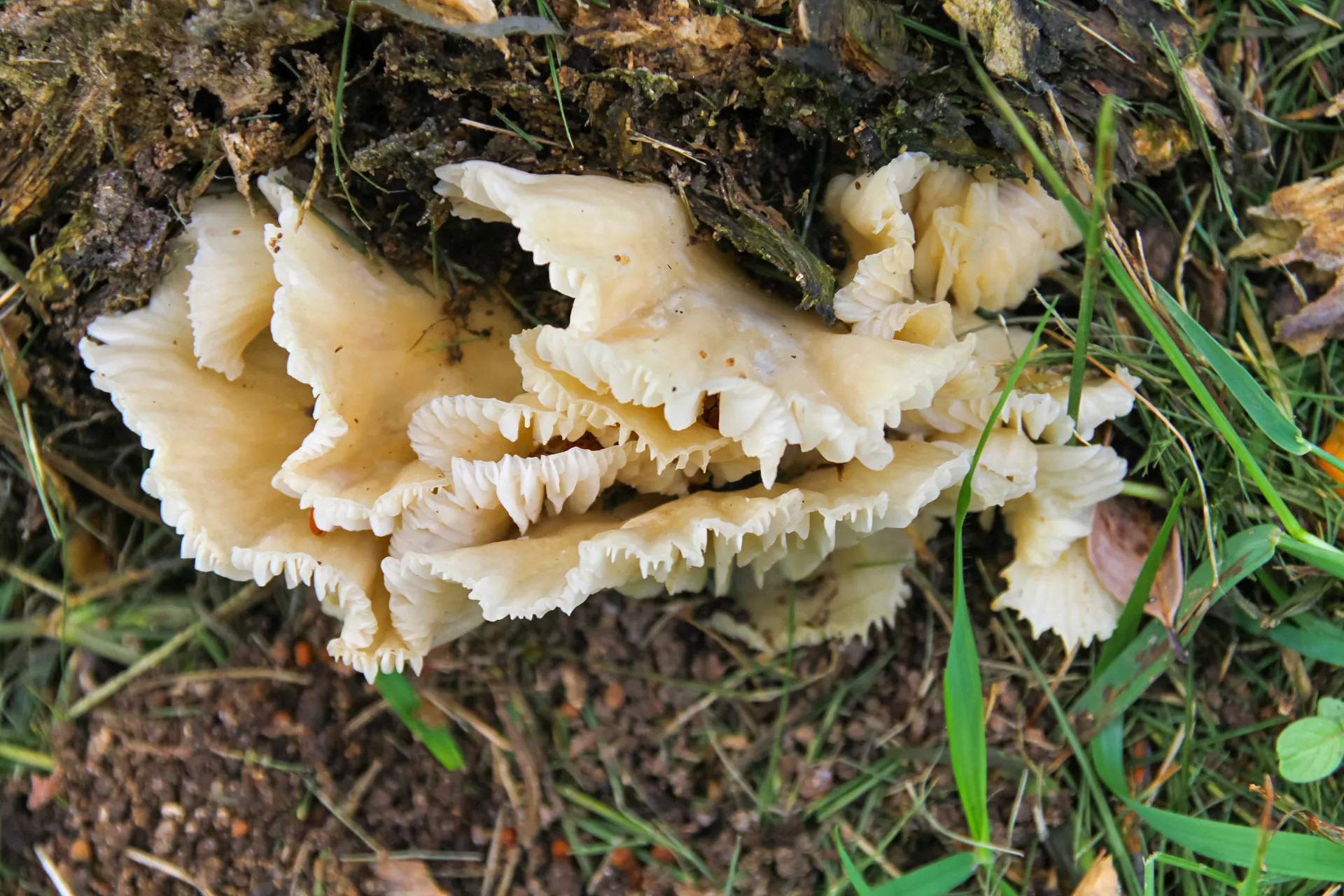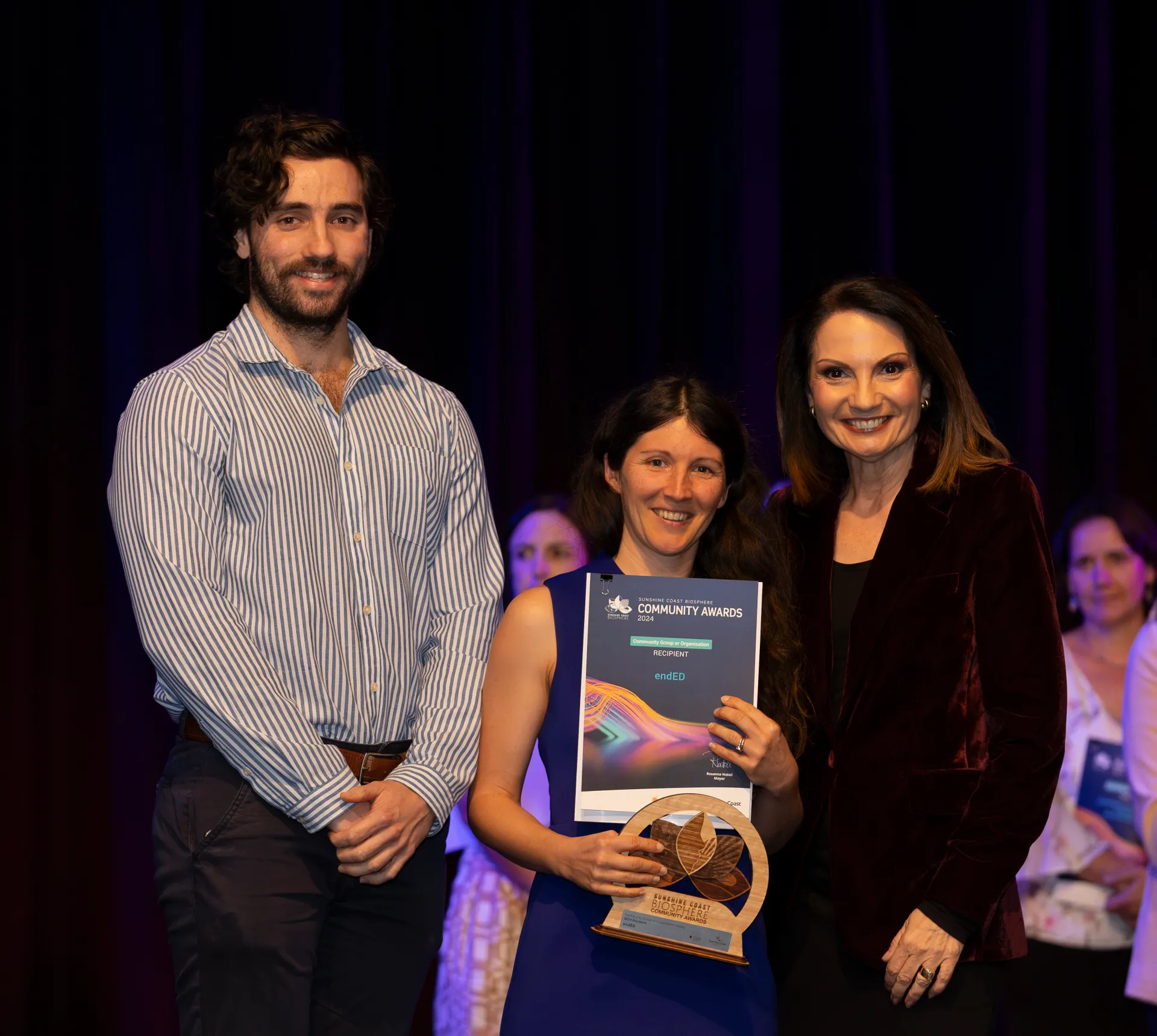The Eat to Live Fridge

Tired of your fridge being a messy den of unidentifiable leftovers, little plastic containers and spills that someone pretended not to see and forgot to clean up? Me too, but don't worry, it happens to the best of us sometimes.
I want to introduce you to The Eat to Live Fridge. It is a fridge that, with your help, stores products for as long as possible and with as many nutrients as possible. The following tips will help keep The Eat to Live Fridge organised and your groceries fresher, longer.
FRIDGE TEMPERATURE
In order to keep food out of the Danger Zone, your fridge should be set between 0 - 4° Celsius. The ideal refrigerator temperature is 1.6° C. The ideal freezer temperature sits below 0° Celsius.
ZONES OF A FRIDGE
The temperature within your refridgerator can vary rather significantly with normal usage. The coldest parts of your refrigerator are the back, and the bottom. The back because the cooling element is there, and the bottom because warm air rises. If items you don't want frosty are getting frosty (eg., lettuce) then move them away from the back of the fridge. I would avoid putting items in the door of your fridge that are particularly sensitive to spoilage. The items in the door of your fridge can easily get as high as 15° C, and do so often. Putting milk and eggs in your door will significantly decrease their shelf life. Butter is OK in the little covered section in the door, because the door actually helps keep its temperature a little better. Put your meats on the bottom shelf in the back, your condiments (mayo, jam, sauces, chutneys, etc.) in the door, and put everything else where it fits.
CONTAIN IT
Divide leftovers into small, flat containers so that they cool faster. Some bacteria spores survive the cooking process and may germinate if the food is at room temperature long enough. Refrigerate leftovers within two hours of cooking; cool air needs to circulate to keep food at a safe temperature.
MOVE IT
Chances are, there are a bunch of things in your fridge that don't need to be there. In fact, here are 10 common items that people keep in their fridge that don't need refrigeration. Move these items to your cabinets.
- Potatoes should be stored in paper bags in cool, dry pantries. Putting them in the fridge can make them taste funny and rot faster.
- Onions do best in dry, ventilated areas. Keep them away from potatoes, though. These tubers can make onions rot faster.
- Like onions, garlic is just fine in a dry, ventilated area of the pantry.
- Basil absorbs fridge smells, so it is best to keep your fresh basil in a cup or vase of water on the counter much like fresh cut flowers. You can also do this with any other fresh herbs.
- Your avocado won't ripen? That's because it's in the fridge. Putting an unripe avocado on the counter will make it ripen much faster. To really speed up the process, put it in a bag with a banana or apple.
- Bread is best when kept at room temperature in a sealed plastic bag. Storing bread in the fridge speeds up the dehydration process and makes it go stale faster.
- Most cakes don't need refrigeration. If it's unfrosted or has a buttercream or ganache frosting, it's fine to store it in an airtight container for around three days.
- Uncut melons do best on the counter or in a dry pantry.
- Tomato sauce and mustard can be kept in the pantry for around a month without refrigeration because they contain acids that inhibit bacteria growth.
- Cooking oils can be kept in the pantry, with the exception of nut oils.

